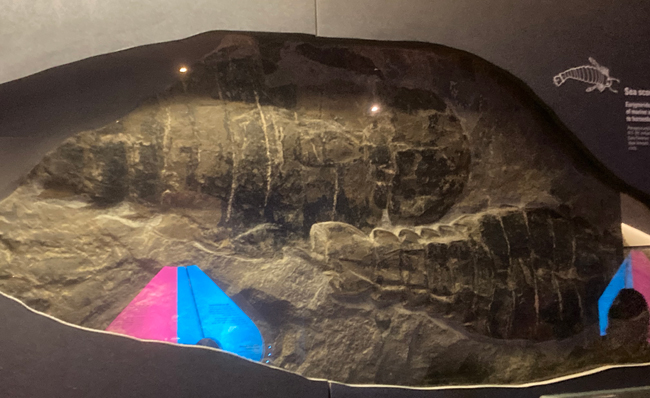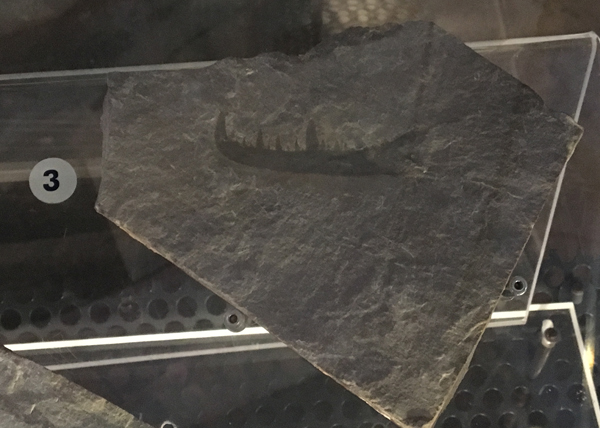Were Eurypterids More Closely Related to Horseshoe Crabs or Scorpions?
At Everything Dinosaur, we receive quite a lot of emails from customers and fans of prehistoric animals. Many of these emails are requests asking for more information about prehistoric animal figures. However, customers also contact us wanting help with answering a specific query about extinct creatures and life in the past. For example, we were recently asked what animals alive today are the closest relative of the eurypterids?

Picture credit: Everything Dinosaur
Answering a Question About Eurypterids
Eurypterids were members of the Arthropoda phylum. Specifically, they are part of the Subphylum Chelicerata (pronounced kel-iss-ser-rat-ah), which also contains the spiders, mites, scorpions and horseshoe crabs. These animals have a pair of jointed appendages that are located in front of their mouths (chelicerae – kel-iss-ser-ray). For most, they are modest feeding appendages such as seen in horseshoe crabs. In the spiders these chelicerae form venom injecting fangs. In some eurypterids such as the Pterygotidae, these appendages evolved into giant pincers designed for grabbing prey.

Picture credit: Everything Dinosaur
Scorpiones or Xiphosurans?
Scientists remain uncertain as to whether extant scorpions or xiphosurans such as the horseshoe crab are the closest living relatives to the extinct eurypterids. Scorpions share a similar body plan, although scorpions are entirely terrestrial. Xiphosurans share the aquatic habit and also have an anatomy that is similar to the “sea scorpions” in some respects. Eurypterid feeding was probably more similar to that of xiphosurans.
The question of phylogeny remains unresolved. The lack of soft tissue preservation in “sea scorpions” and the flattened nature of most eurypterid fossils have hampered research. The absence of a clear eurypterid analogue from living chelicerates may indicate that the eurypterids occupied an ecological niche that was intermediate between xiphosurans and the Order Scorpiones.
The Everything Dinosaur website: Everything Dinosaur.

